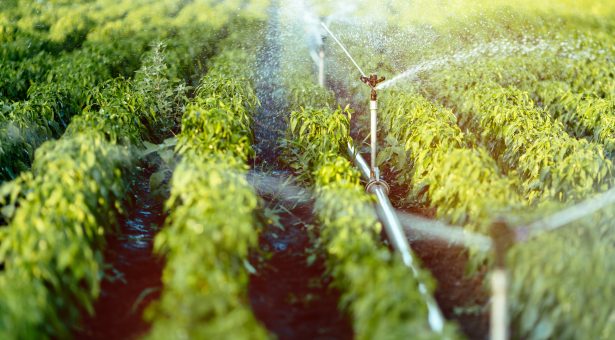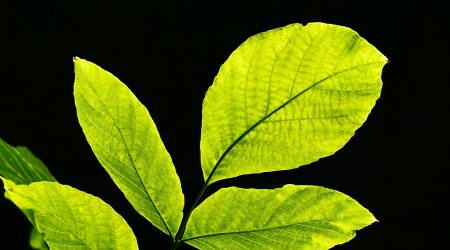Plants water saving system works like clockwork, it transpires

Plants, just like humans, have circadian clocks that allow them to tell the time.
In humans this cellular clockwork influences when we wake and sleep.
Plants are so dependent on daylight that circadian clocks are even more influential, regulating the rate of photosynthesis, gas exchange, and transpiration, which is the flow of water through the stem and evaporation from leaves.
Now researchers have discovered that these biological clocks play a critical role in the consumption of water, allowing plants to use this precious resource more efficiently.
They carried out a series of experiments with model laboratory plants in which the genes encoding circadian rhythms had been changed.
Some changes made plants use more water in relation to growth but, unexpectedly, the experiments revealed that some of these changes to circadian rhythms allowed plants to grow strong and healthily whilst using less water. The study reveals that it is the whole circadian system that affects water use efficiency not just a specific part.
The research opens an opportunity for the tuning of crops to use water more efficiently: losing less water through transpiration whilst still growing.
Agriculture accounts for around 80% of freshwater used worldwide. So, understanding processes in plants that affect the amount of water they use is vitally important to develop crops that are productive but use less water.
Plants transpire water with a daily rhythm because the stomata, tiny pores on the surface of leaves, generally open only in the day. Previous studies showed that daily opening is regulated by circadian rhythms.
“We reasoned that circadian rhythms might have a big impact upon the amount of water that plants use. And our experiments show this to be the case,” explains Dr Antony Dodd of the John Innes Centre, who is the senior author of the study.
“The overarching goal of the work lies in reducing the amount of water that is used in crop irrigation to improve the sustainability of agricultural food production.”
The study reveals that the altered circadian clock genes affect water use efficiency through a variety of ways. Along with adjusting the process of transpiration, the altered clock influences how big leaves grow which effects how much water the plant uses. These changes together with others account for the improvements in water use efficiency the researchers observed.
The next steps of the study will be to discover the cellular mechanisms that explain how circadian rhythms regulate plant water loss and establish the importance of the findings in key crops, using the knowledge from the model plants used in this study. Further work could involve investigating the role of temperature in how the clock affects water use efficiency.



